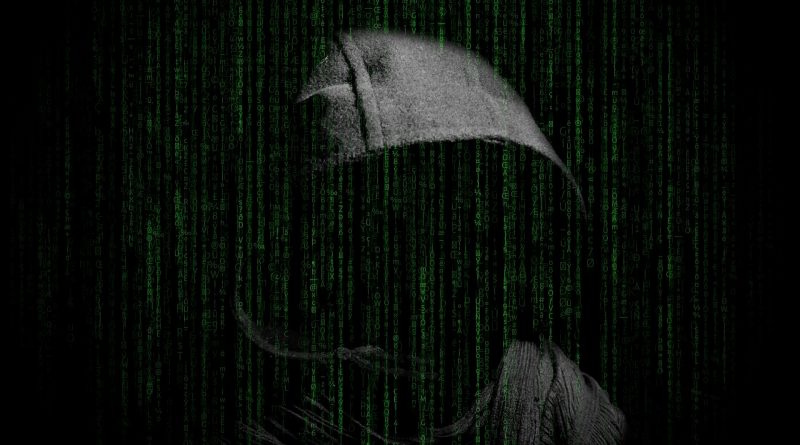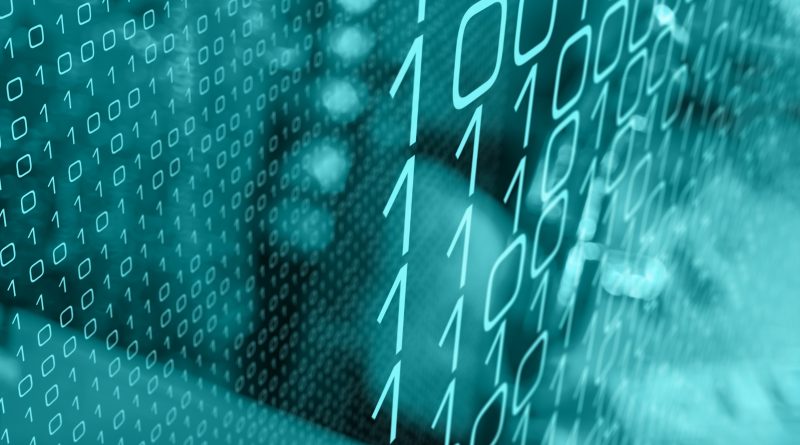DDoS Attacks on the Educational Sector are Threatening Online Learning
With the onset of Covid, online classes are starting to become a staple of modern learning. Many schools, colleges, and universities remain closed for months due to social distancing. Over 1.2 billion children are out of school globally.
Instead of whiteboards, we’re starting to use digital boards and software such as Miro. Instead of classrooms, we’re using Zoom and Skype calls. And for many, the only way to find out when the next lesson is starting is to look up a digital timetable on a school’s website.
At the same time, online learning infrastructure is largely unprotected. Many local schools or university websites operate under the pretense that they won’t become a DDoS target. And it’s easy to think that way. These platforms are small, they don’t generate a lot of income, if any, and they contribute to a good cause. So who would DDoS them?
and launch a powerful network flood for just a few dollars.










